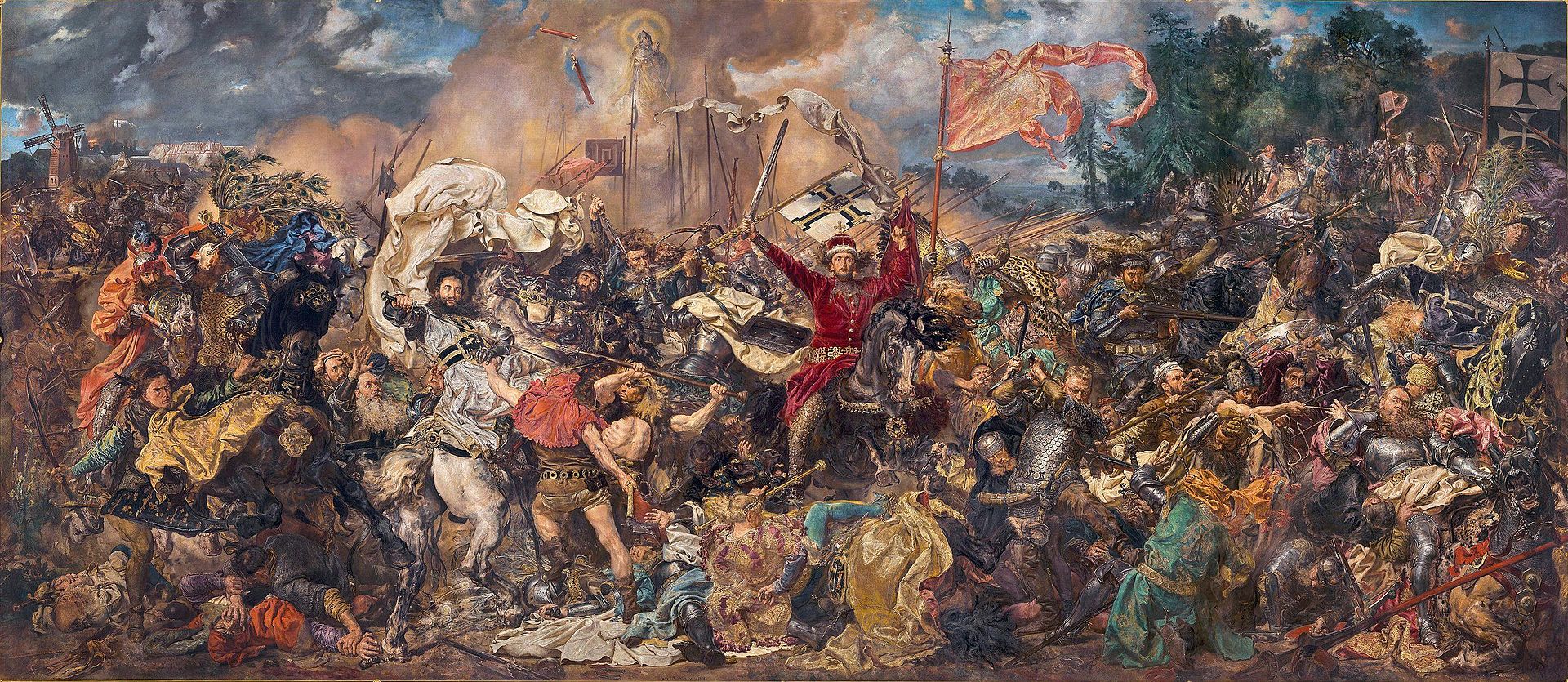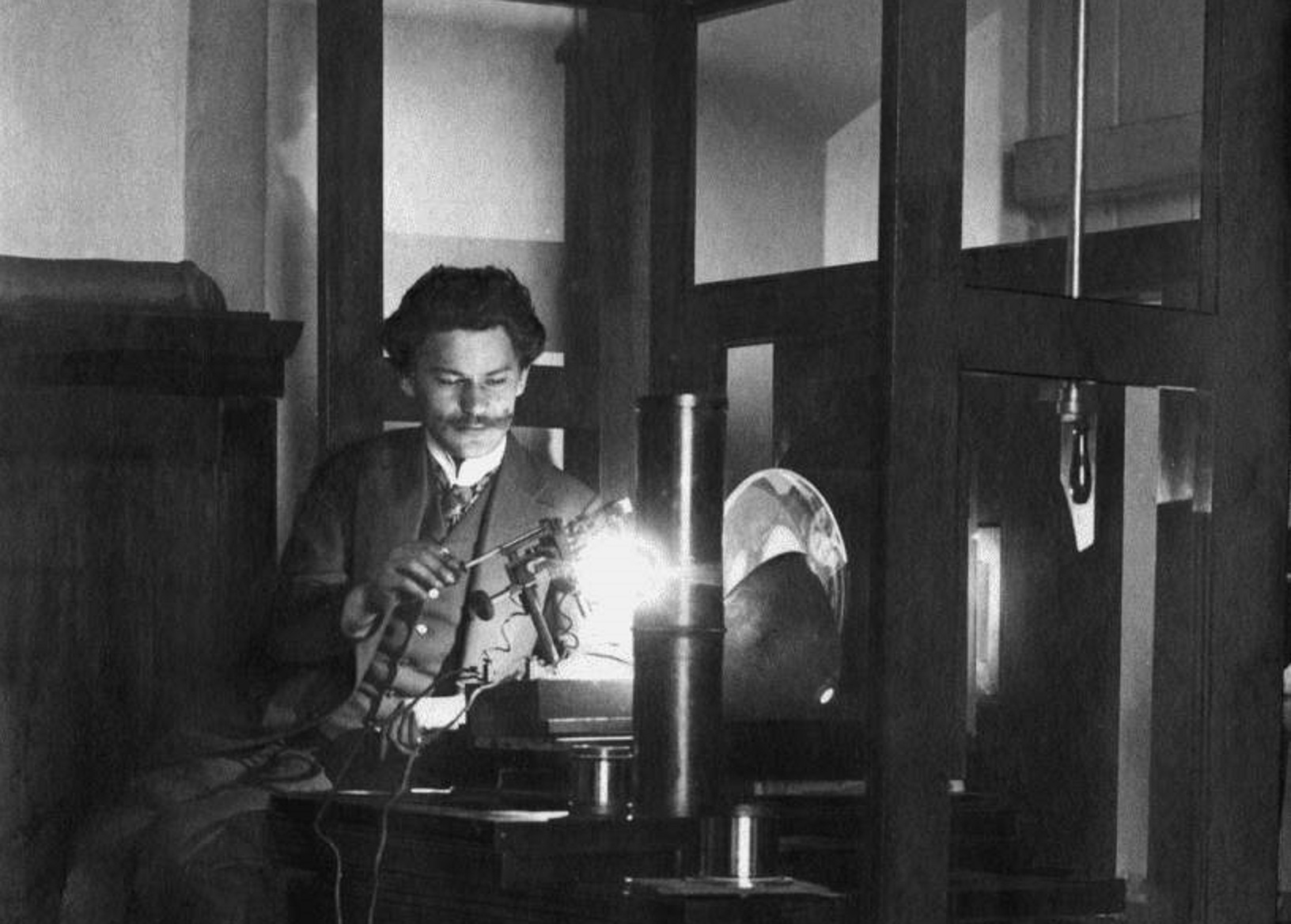The nature of mutual relations – what each of the sides share and what will remain separate – must be defined and stated in a legal act of union combining two states. It would be a mistake, however, to see such a union of two political organisms simply in the light of treaties and negotiated acts. Each union is a process of two communities approaching each other having decided, at a certain moment and for various reasons, to merge into one state. Such was the case of the Union of Lublin, the union of the Kingdom of Poland and the Grand Duchy of Lithuania, which was formalized in 1569.
by Michał Rzeczycki
The Union of Lublin: a mainstay of stability
The uniqueness of this political marriage lies in the stability it achieved. It became a distinctly durable union between two states – in this regard, it is only exceeded by the still-existing union of England and Scotland. However, when we compare them, from the point of view of conditions for permanence of the political union as such, something still distinguishes Poland and Lithuania. For such close relations between states not to break apart some years after its solemn confirmation by treaty, it is not enough to unify legal codes and create institutions common to both sides. What is required is political culture, which on one hand will motivate citizens to care for the common good, while on the other it suppresses initial distrust and weakens what is, in a sense, a natural reflex of defending particular interests. The main condition for the existence of such a culture is a common political language, by means of which public participants will be able to define their status as individuals, while defining themselves as a community and describing the advantages and drawbacks of the state in which they live.
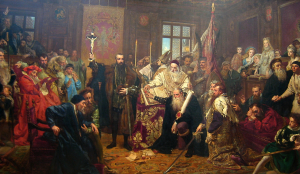
What was it, therefore, that so distinguished the union that was Polish-Lithuanian Commonwealth? In particular, this includes a number of obstacles that Polish and Lithuanian-Ruthenian nobles had to overcome. While the elites of England and Scotland in 1706 and 1707 spoke a common language and had a similar culture, the Polish-Lithuanian Commonwealth, when it was established in 1569, consisted of two states that at the beginning had neither a common faith nor a common language – neither was even inhabited by a single nation. Despite those obstacles and the fact that such heterogeneity always remained to some extent, in less than two centuries a single state was forged, which existed until 1795, at which point it was partitioned by Russia, Prussia and Austria, terminating the union.
Separate from reasons leading to those misfortunes in the late eighteenth century and the exclusion of the Republic of Poland from geopolitical maps, I will focus primarily on the history of relations between Poland and Lithuania as the history of the formation of a common republican political space.
The Polish-Lithuanian Commonwealth as a process
As any union is essentially a process, each requires the description of its origins and initial state. The union between the Kingdom of Poland and the Grand Duchy of Lithuania begins formally on 14 August 1385, when Jogaila, Grand Duke of Lithuania (later Władysław II Jagiełło) signed an agreement with the nobles of the Polish region of Małopolska, under which he committed to marrying Queen Jadwiga, to paying two hundred thousand florins to Wilhelm Habsburg to break his marriage with Jadwiga, to releasing Polish prisoners of war and, through converting to Catholicism, to baptism. Jogaila, after fulfilling those conditions, assumed the Polish throne as Władysław II Jagiełło. Most important, however, was not this act itself, but the legal and political circumstances that would lead to the Union of Krewo – the set of agreements made by Jogaila in Kreva Castle in exchange for marrying the reigning Polish queen, Jadwiga. The Union of Krewo often indicates not only the particular document, but these events of 1385 and1386 as a whole.
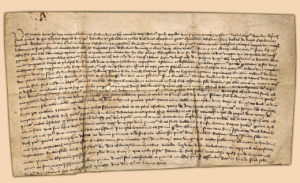
The death of Casimir III the Great, the last ruler of the Piast dynasty, was problematic: who should rule the Kingdom of Poland? By virtue of the settlement, the throne passed to Louis of Hungary, who was crowned King of Poland on 17 November 1370, but the new ruler attached greater importance to Hungarian affairs than to challenges facing his Polish domain. An example of this state of affairs was the fact that Louis I ruled in Poland with the help of his mother, Elizabeth of Poland, Queen of Hungary. Thanks to her retinue, which consisted only of Hungarians, the new ruler quickly alienated Kraków elites, and in 1376 she was banished for two years. Her role was filled by Vladislaus II, Duke of Opole, of the Silesian Piast dynasty.
The fact then became that Jadwiga, Louis I’s daughter, upon succeeding him in 1384, did not change the situation. The two-year period between the death of the previous king and the ascension to the throne by Jadwiga was a real interregnum. Yet the entire period, from the death of Casimir III the Great to the Union of Krewo, was a regnum period only in theory. The absence of a king in the country, with the fact that the successor was below the age of legal competence, permitted nobles in Kraków to rule quite independently. This is evident because those from the Małopolska and Sandomierz regions represented one side of the Union of Krewo. This elite, which came to represent the entire political community, was not restricted to being the main actor in these events. It then gained resonance in new legal concepts that began to appear in documents.
Corona Regni Poloniae
The interregnum period between the death of Louis in 1382 and Jadwiga’s coronation in 1384 resulted in a series of conventions, called confederations. Although they were not an exception in the history of Poland to date, this was the first time such ambitious goals were set and the first time they were openly declared to represent the entire political community: regnicolae regni Poloniae.
On 25 November 1382, a congress of representatives from the western region of Wielkopolska and the southern region of Małopolska was convened at Radomsko. Out of concern for the legitimacy of their actions, a confederation was established, where it was decided unanimously to guarantee the promise of entrusting the Polish throne to one of the daughters of Louis of Hungary. As Robert Frost points out in his work on the history of the Polish and Lithuanian union, despite opposition of Archbishop Bodzęta of Gniezno and Domarat of Pierzchna, which is to say high dignitaries of the kingdom, they were unable to break the general consensus. This self-governed political community then actually took the reins of the interregnum for a time.
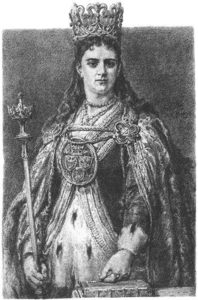
On 27 November 1382, this self-government was approved by a legal declaration signed in Radomsko. Signatories appointed themselves representatives of inhabitants of the kingdom – of all lords and citizens who established a covenant to assure a legal basis for their actions. Thus the idea of a political community as corona regni was defined by law and implemented in political practice. As British medieval historian Susan Reynolds has written: “A kingdom was never thought of merely as the territory which happened to be ruled by a king. It comprised and corresponded to a ‘people’ {gens, natio, populus), which was assumed to be a natural, inherited community of tradition, custom, law, and descent”. Such self-interpretation by the Polish community brought about serious consequences. While at the outset of its statehood, the Piast dynasty wielded power over the people through their patrimony, since the interwar years of 1382 to 1384, each successive ruler of Poland ruled only conditionally: that is, as long as he observed the laws and agreements of the Crown of the Polish Kingdom.
The Grand Duchy of Lithuania: expansion and threats
On the other side of the union, the manner of internal organization of the Grand Duchy of Lithuania looked quite different. The Mongol conquest of Russia created a kind of political vacuum in the region. Their defeat of Russian forces at the Kalka River in 1223 and the conquest of Kiev in 1240 meant that Lithuania won the chance to occupy immense territories. This expansion was extensive and, most puzzlingly, proved very durable. If we accept that it had its beginning in 1200, it all happened quite abruptly – it comprised a violent conquest, for after the Battle of Blue Waters in 1362, the entire area of what had been Kievan Rus was ruled by the Lithuanians.
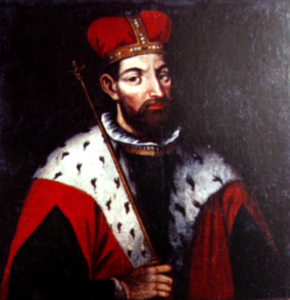
The territory of the Grand Duchy, and even the composition of its military forces, was by no means ethnically unified. Regions remaining indigenously Lithuanian (and still pagan) were Aukštaitija and Samogitia. The rest of the country was inhabited by an Orthodox Slavic population. This fact alone may raise the question of how the dynasty of Gediminids managed to maintain such an ethnic-religious melting pot. The driving force of Lithuanian expansion included the ambition of an ever-expanding dynasty. Thanks to the combination of military power, an ability to fight on sparsely populated, wooded terrain, and – particularly important – the system of intermarriage, they managed to keep in check the claims of former Russian rulers in those areas. Ruling princes were tolerant on one hand; on the other, they gained the support of local populations due to the fact that Lithuanian forces constituted an effective barrier against possible Mongol invasion.
Along with the growing number of Lithuanian princes, governing the state created more and more problems. In contrast to Poland, Lithuania did not have a codified hierarchy of authority or written law that could regulate the rules of government. There was, indeed, the title of the Grand Duke – yet all his power was based in fact on personal charisma and the ability to balance the ambitions of the other dynasty members. The issue of the rights of Lithuanian boyars was also problematic. As Robert Frost points out, the power of the Grand Duke was not unlimited and he could not dispose of his subjects according to his own discretion. Lithuanian custom had created such an understanding of landed property, already been codified in the Kingdom of Poland. Which is to say that possession of land was treated as absolute property, the so-called allodium.
The problem, however, was that Poles could enjoy established and permanent guarantees, while the status of Lithuanian boyars was based only on custom. And these legal guarantees had become objects of desire among the middle and lower levels of the nobility in the Grand Duchy. The appetite of the boyars grew with successive state privileges. The first of these, the Koszyce privilege in 1374, determined the fixed tax paid by Polish knights would amount to two groszy from peasant land and made further taxation dependent on the approval of the general nobility, among other things. In this law lay the germ of Polish parliamentarism, in a nutshell.
Ancient roots of the Union of Lublin
Continuity and enforcement in each union must be motivated, to deepen the process. For the people, then, the strongest proof of benefits in maintaining such close relation between Poland and Lithuania was victory at the Battle of Grunwald on 15 July 1410. However, military pressures often prove insufficient. There have been, after all, many alliances against external threats over history, but all eventually fall apart. In addition, the tactical combination of the two states’ forces was far weaker than the union between them. One may put forth the thesis that in the case of the Polish-Lithuanian Commonwealth, external circumstances met with the development of a nascent Renaissance culture radiating into both countries through the Kraków Academy.
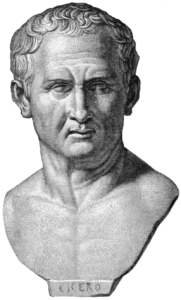
The rebirth of interest in ancient patterns found its resonance in notions of a properly organized political community. Polish and Lithuanian nobles were especially fond of Cicero, who defined the state of commonwealth as a common thing that, by means of law, binds a human group to the benefits of living together. According to that ancient thinker, the factor defining the state is the political system, and the best available form is the so-called mixed system.
The regimen commixtum was to consist of monarchic, aristocratic and democratic elements, as only such a construct was able to reconcile royal efficiency of command and respect for dignity and authority with guarantees of the freedom of state citizens. For such an organized community to exist, it was necessary to build institutions for collective decision-making, to protect citizens against unjust sentences and confiscations, and to create conditions for free speech in public matters. All these conditions are constitutive for the creation of a republican political space.
Author: Michał Rzeczycki
Translation: Alicja Rosé & Alan Lockwood

